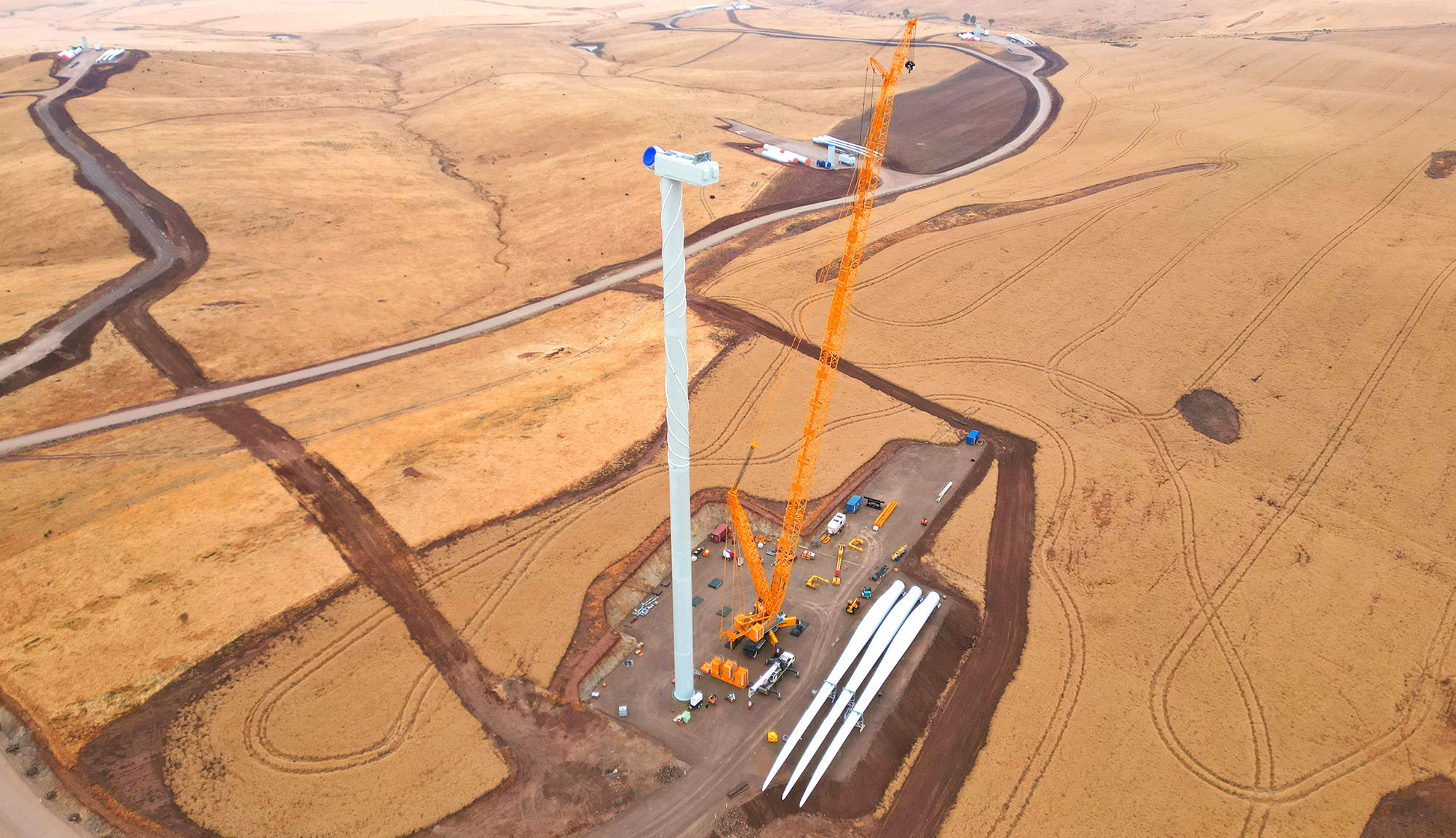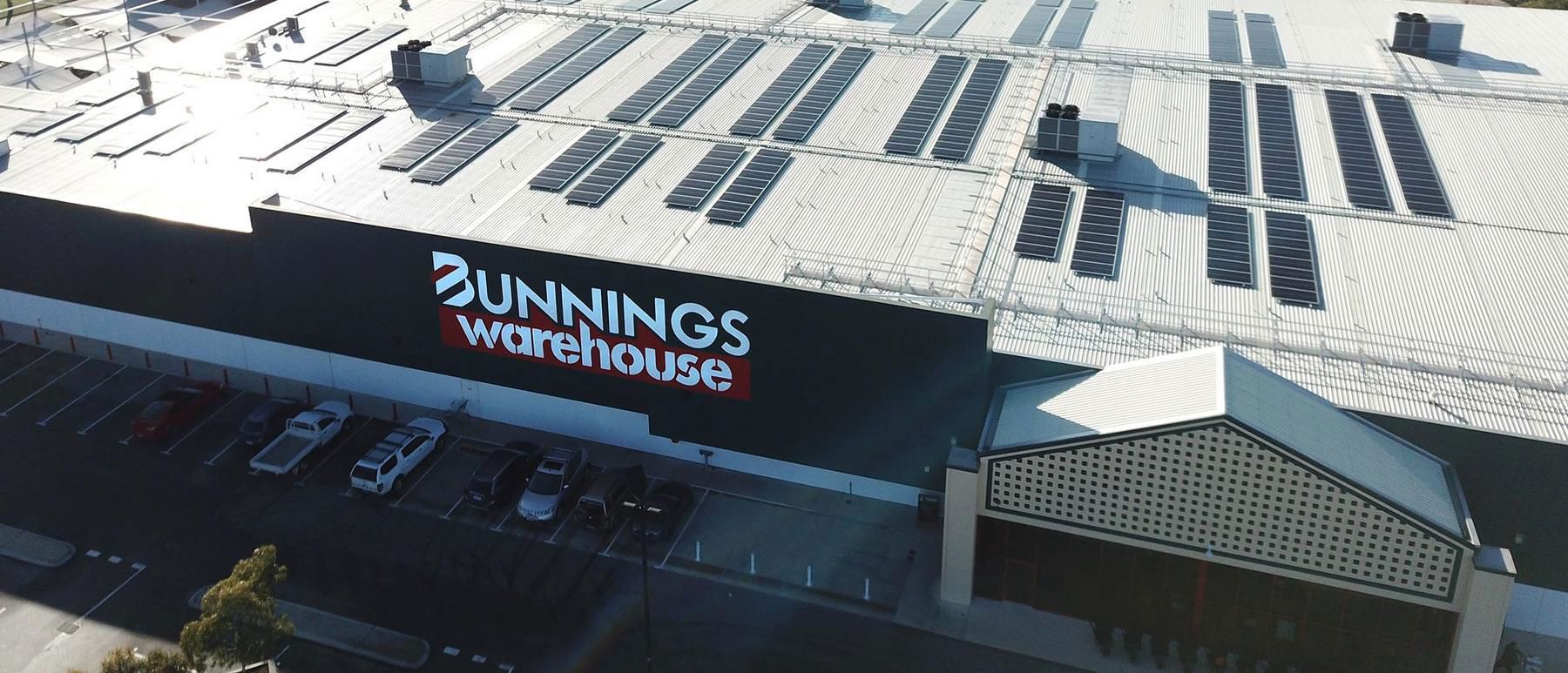
Solar plus storage, the low emissions solution for SA homes
Bringing battery potential home for SA
South Australian households can draw on CEFC finance to install home solar and battery storage under the South Australian government’s Home Battery Scheme, which was launched in 2018.
40,000
households targeted
$100m
CEFC commitment
Flexible
loans
In working with the CEFC we expect to be able to further assist households overcome the upfront financial barriers to accessing storage technology by offering households competitive, flexible loans where needed, in addition to the subsidies.Dan van Holst PellekaanMinister for Energy and Mining, South Australia
Our investment
Under the South Australian Home Battery Scheme, up to 40,000 households have access to up to $6,000 in government subsidies to put toward the cost of the battery component of solar and battery installations.
The CEFC has committed up to $100 million to finance loans where the up-front costs of a home battery system installation are not met by South Australian government subsidies. The CEFC finance is delivered through a South Australia specific section of the Plenti green lending platform. At the same time, Plenti enables South Australian retail investors – as well as institutional investors such as banks, credit unions and superannuation funds – to invest in the program through the lending platform.
our impact
The Home Battery scheme was created to encourage South Australians to install battery storage products in their homes to help reduce the cost of energy, improve the resilience of South Australia’s energy supply, and support the environment by lowering carbon emissions.
It was expected to directly reduce electricity costs for the 40,000 households that purchase a subsidised household energy storage system. In addition, the installation of the systems was expected to reduce demand on the network, especially at peak periods, and in turn, lower prices for South Australian electricity consumers.
While households are able to choose whether or not their home battery system operates as part of a virtual power plant, the ability to aggregate household solar and batteries created opportunities to address network issues and smooth loads by balancing out peak power demands.




